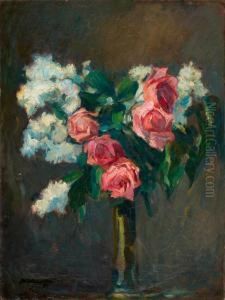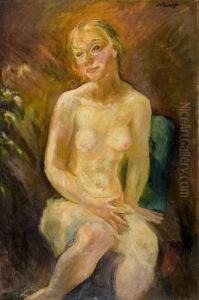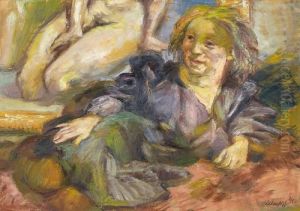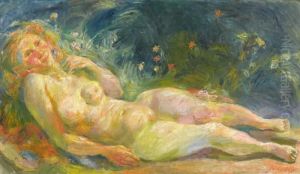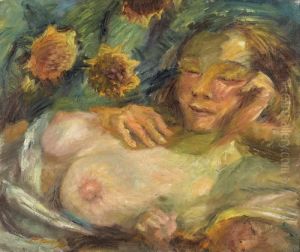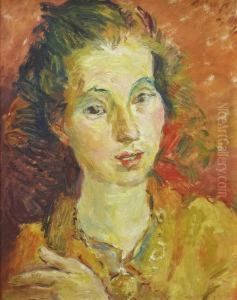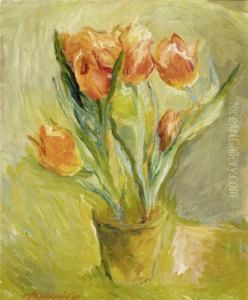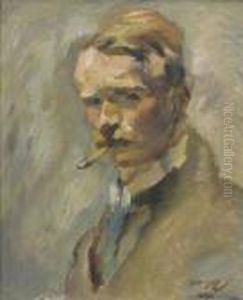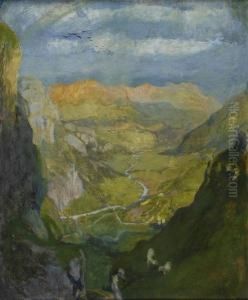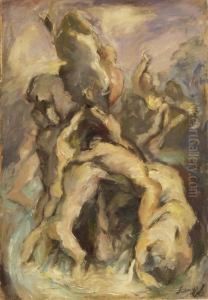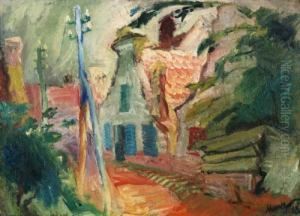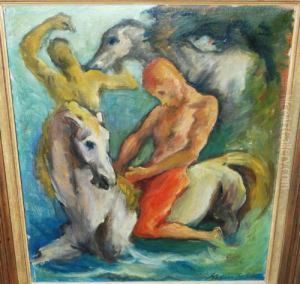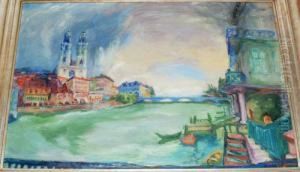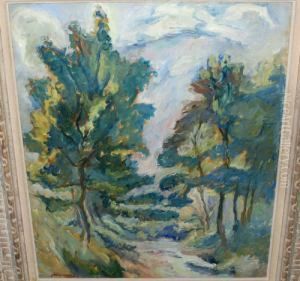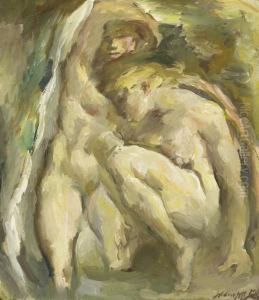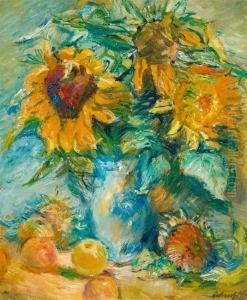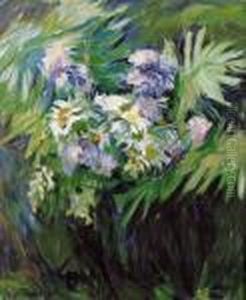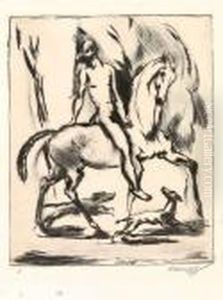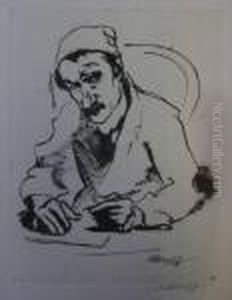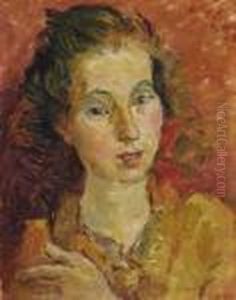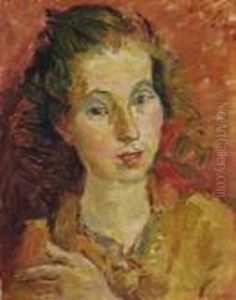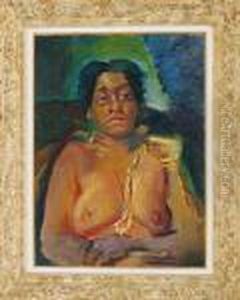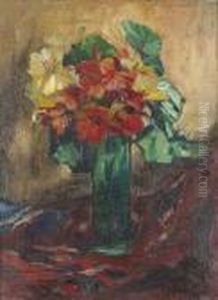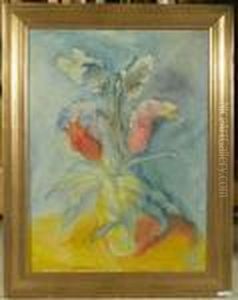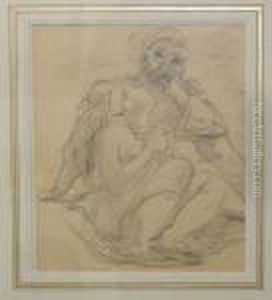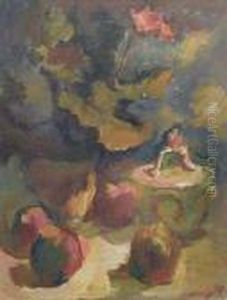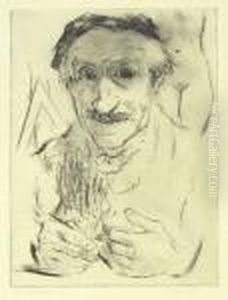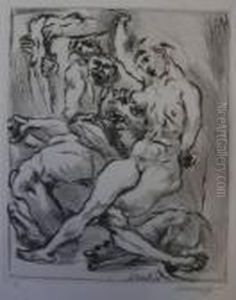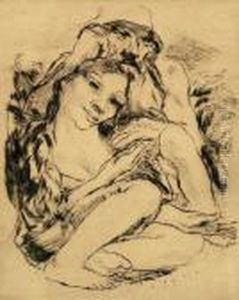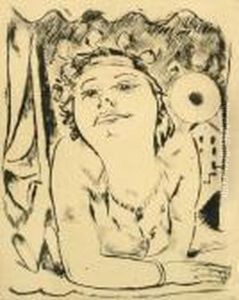Alexander Leo Von Soldenhoff Paintings
Alexander Leo von Soldenhoff was a 19th-century painter, born in 1801 in Warsaw, then part of the Polish-Lithuanian Commonwealth and later under the partitioned rule of the Russian Empire. He was known primarily for his works in portraiture and historical scenes.
Soldenhoff received his initial artistic training in Warsaw before moving to St. Petersburg to further his studies. His talents were recognized early, and he became a member of the Imperial Academy of Arts. He spent a significant portion of his career in Russia, where he produced many works that reflected the interests and tastes of the Russian aristocracy of the time.
In the 1830s, Soldenhoff traveled to Italy, as was customary for many artists of his era. The Italian sojourn was crucial for his artistic development. He absorbed the influences of the Italian Renaissance and was particularly inspired by the works of the Old Masters. The Italian period in his career also marked a shift towards a more refined and classical style in his paintings.
Returning to Russia, Soldenhoff enjoyed patronage from the imperial family and other high-ranking officials. His portraits often displayed a meticulous attention to detail and a strong sense of realism, capturing the character and status of his subjects. In addition to portraiture, Soldenhoff also ventured into historical painting, a genre that was highly popular and esteemed at the time. His historical works often depicted significant events from Polish and Russian history, resonating with the nationalist sentiments of the 19th century.
Alexander Leo von Soldenhoff's contribution to the art world was recognized with awards and honors. Despite his success, there is relatively little information readily available about his personal life, and he is not as widely known today as some of his contemporaries.
He passed away in 1890, leaving behind a legacy of work that is appreciated by art historians and collectors who recognize his skill in capturing the essence of his time through his art. His paintings can be found in museum collections and are studied for their representation of 19th-century European society and culture.
